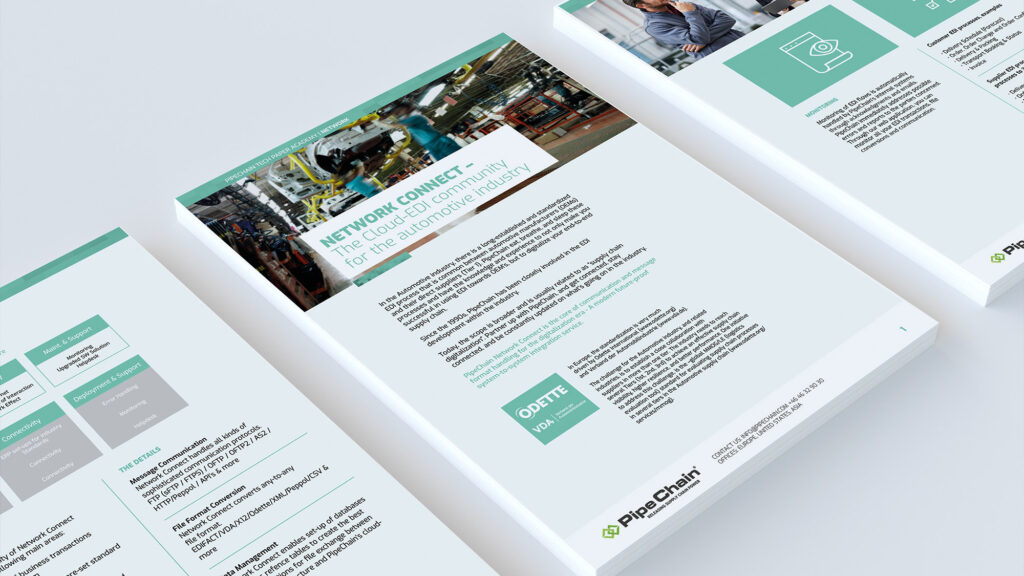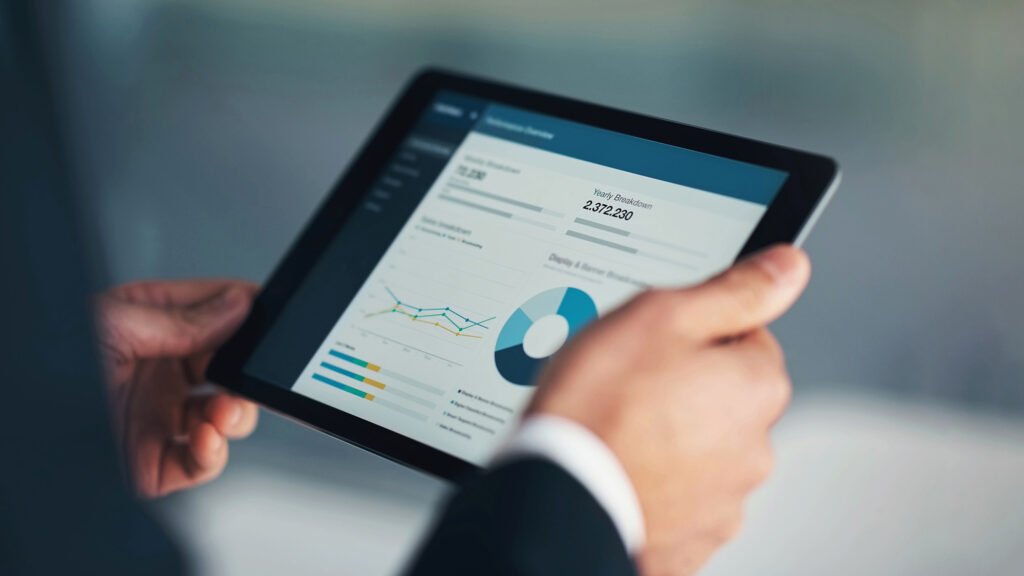
Supply Chain Stability In a Crisis
Over the past few decades, supply chains have become more complex, non-linear and more vulnerable. This transformation is much due to changes such as globalization, changes is population demographics shifting demand, and regulatory and tax optimization.
Supply chains have also felt the pressure of global competition resulting in JIT (Just-In-Time) policies, the outsourcing of manufacturing and the need to reduce supply chain costs. Resulting in higher risks and difficulties scaling growth.
These risks have been laid bare by the coronavirus and many industries and supply chain leaders have no method to overcome the disruptions following the virus. But there are ways for ensure supply chain resilience by mitigating disruptions in their supply chain.
Enabling supply chain visibility
Most companies have sufficient information of their immediate supply chain nodes. But with supply chain flows being so complicated as they are now most companies are having difficulties following the full flow of materials and demand. What companies need is end-to-end visibility of their suppliers. This may include their customers, suppliers, manufacturers and the suppliers of their suppliers. The further back (and forward) in their supply chain a company have visibility, the earlier they can respond and mitigate any disruption in the line.
Estimating the inventory and demand of each of the supply chain nodes means and incredibly large amount of data from a multitude of different ERP systems and databases, some which not even be accessible. The capability which most companies lack in their in-house application.
There are a multitude of advanced planning tools and services to find, but a simple supply chain model can initially be created using a spreadsheet. The goal is to identify vulnerabilities in supply chain nodes that can cause disruptions and supply shortages.
Optimizing your capacity
Once the vulnerabilities in the supply chain is found it is time to find and work out options and solutions to mitigate risks and investigate potential paths in case of emergency. For example, if a plant closes you need to find potential alternatives. Do you use your existing suppliers, or do you need to find new sources? Keeping an eye on your supplier’s financial health and stability can go a go way when the times come to scale for growth. Furthermore, lockdowns and border closings cause logistical problems. Make sure to monitor the availability of logistics suppliers and transportation both inside, and outside your immediate supply chain.
By identifying alternate mitigating options, you can create a flexible supply chain with pre-planned actions and determined impacts to service levels and costs. With multiple options at hand, the best course of action is to weigh the pros and cons of each option and optimizing them for rapid short- and long-term decision making.
Companies will need the capabilities to anticipate, plan and react to changes in demand and supply by connecting and controlling their supply chain. For example, personal protection items such as masks, sanitizers and ventilators received a surge in demand I response to the Covid-19 pandemic. Causing companies to retool and refocus their production capabilities due to this new demand. With a flexible and predictive supply chain, companies may focus their attention more on getting ahead during a crisis, instead of scrambling for damage control.
Insights

If you are interested in learning more about how to create a powerful connected supply chain, here are our latest insights.
Tech papers

To help you get a deeper and better understanding of our solutions and your supply chain, we have developed a number of detailed tech papers on different subjects.
-
Necessary
These cookies are not optional. They are needed for the website to function. -
Statistics
In order for us to improve the website's functionality and structure, based on how the website is used. -
Experience
In order for our website to perform as well as possible during your visit. If you refuse these cookies, some functionality will disappear from the website. -
Marketing
By sharing your interests and behavior as you visit our site, you increase the chance of seeing personalized content and offers.


